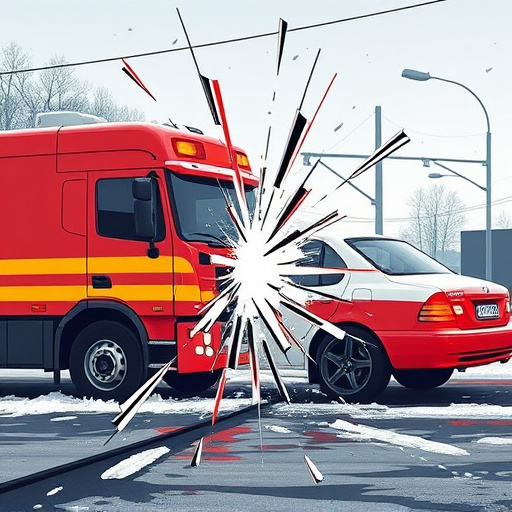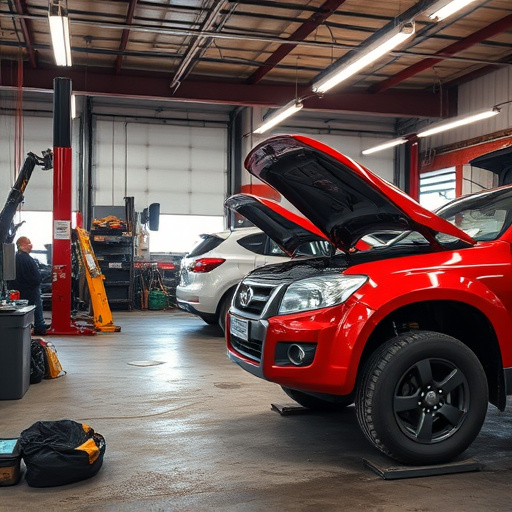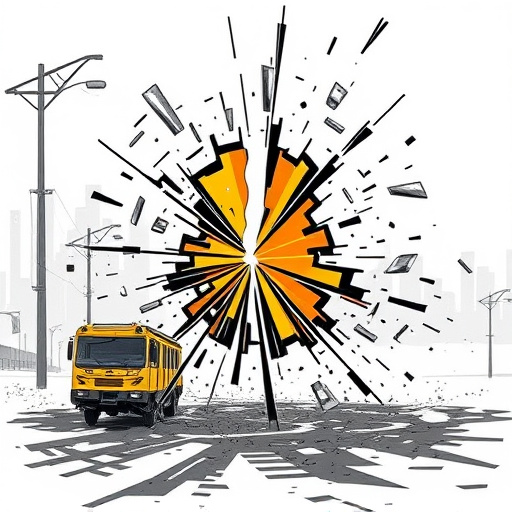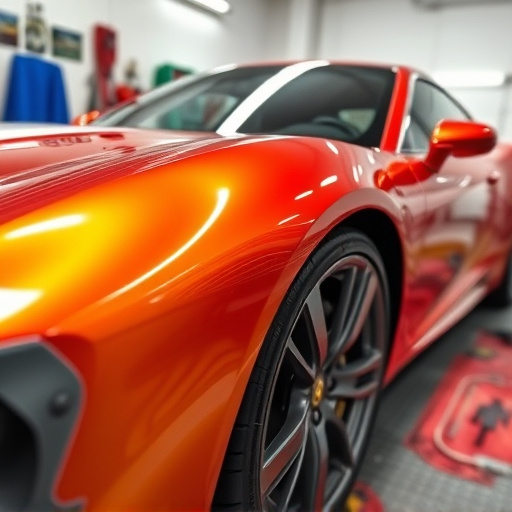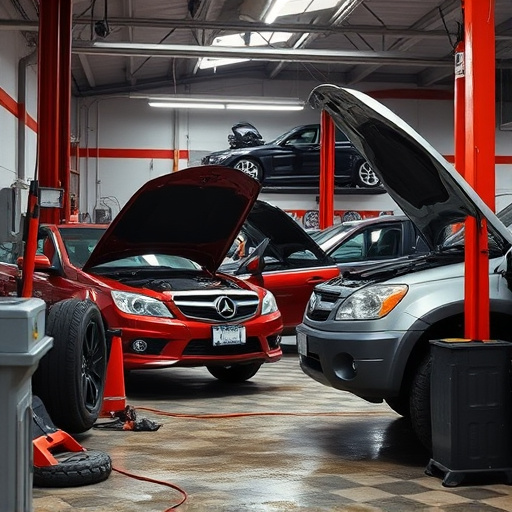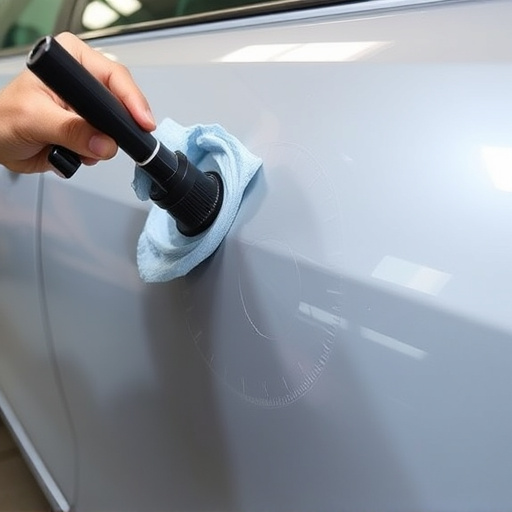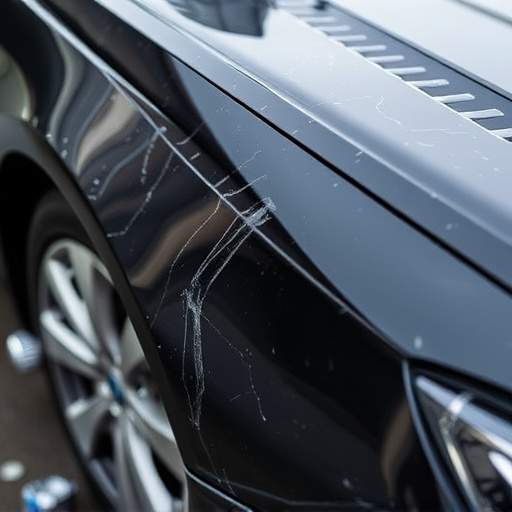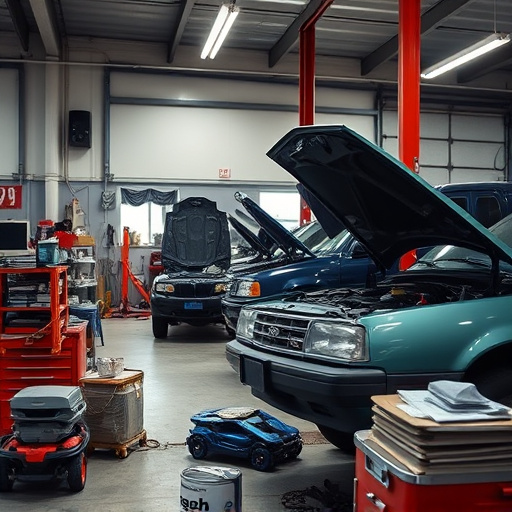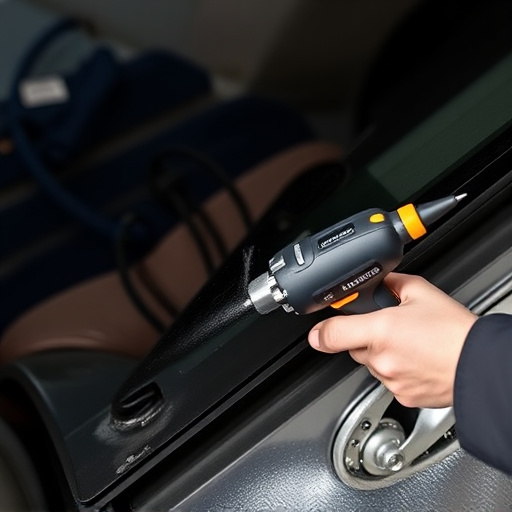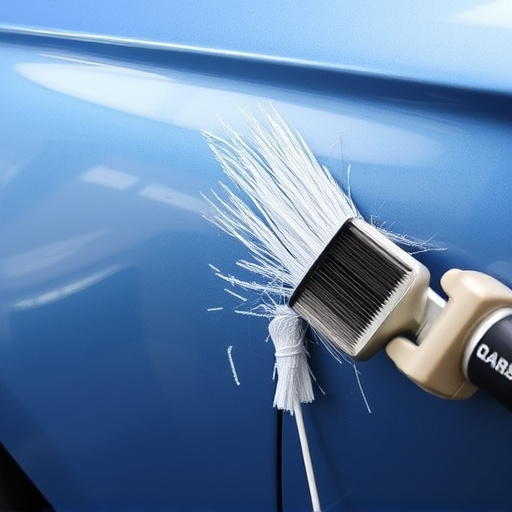B-pillar replacement is a critical automotive repair focusing on structural integrity. The B-pillar, connecting roof to side panels, is vital for crash safety and vehicle stability. Structural adhesive bonding, using specialized adhesives, is a game-changer in B-pillar repairs, offering rapid times, minimal waste, and preservation of vehicle integrity over traditional welding methods. Despite challenges like surface prep and curing, advancements make adhesive bonding a reliable solution for efficient and enhanced auto body services involving B-pillar replacement.
“In the automotive industry, understanding the intricacies of B-pillar replacement is paramount for structural integrity and vehicle safety. This article delves into the essential concepts of B-pillar replacement, focusing on innovative solutions like structural adhesive bonding. We explore the materials, techniques, and benefits that make this method a game-changer in modern vehicles, while also addressing its unique challenges. By examining these advancements, manufacturers can optimize their approaches to B-pillar replacement.”
- Understanding B-Pillar Replacement: Essential Concepts
- Structural Adhesive Bonding: Materials and Techniques
- Benefits and Challenges of Adhesive Bonding in Automotives
Understanding B-Pillar Replacement: Essential Concepts
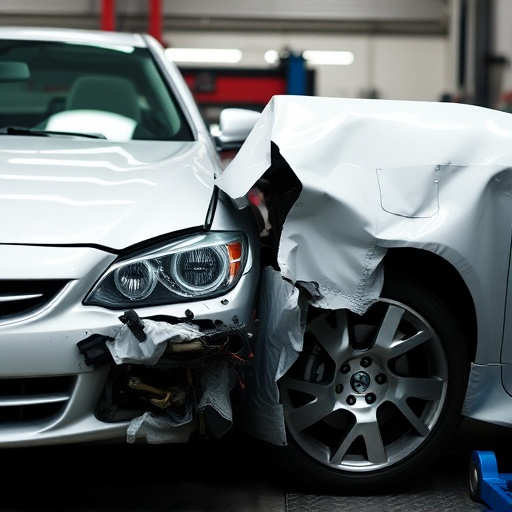
B-pillar replacement is a crucial aspect of automotive repair, focusing on the structural integrity of a vehicle. The B-pillar, a vital component connecting the roof to the side body panels, plays a critical role in crash safety and overall vehicle stability. Over time, due to accidents or normal wear and tear, this pillar can sustain damage, compromising the car’s structure. Thus, timely replacement is essential to ensure both safety and the longevity of the vehicle.
Understanding the concepts behind B-pillar replacement involves grasping the complex interplay between materials science and automotive engineering. Professionals in the car paint services and vehicle dent repair sectors often collaborate to address this issue, utilizing specialized techniques such as structural adhesive bonding. This method involves applying advanced adhesives to bond new or repaired components, ensuring a strong, long-lasting connection, akin to how automotive repair experts meticulously fix and restore other critical parts of a vehicle.
Structural Adhesive Bonding: Materials and Techniques
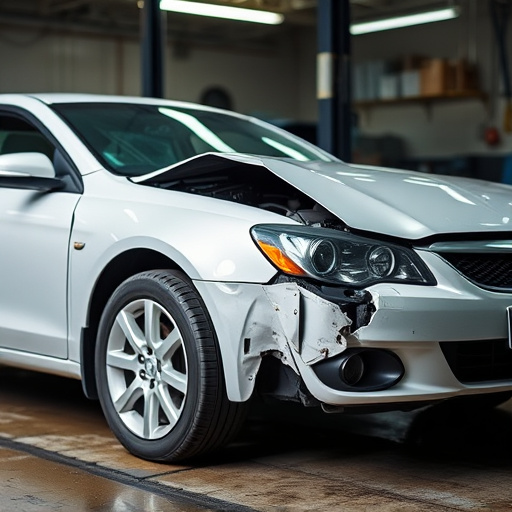
Structural Adhesive Bonding is a critical aspect of modern automotive repairs, particularly when it comes to B-pillar replacement. In a vehicle body shop or auto repair shop dealing with collision damage repair, professionals rely on this technique to restore structural integrity and enhance overall vehicle safety. The process involves the use of specialized adhesives designed to bond metal, plastic, and composite materials, which are commonly found in modern car designs.
Adhesive bonding offers several advantages over traditional welding or riveting methods. It allows for precise alignment and secure connections, ensuring that components fit perfectly without compromising the vehicle’s structural integrity. This is especially crucial when replacing the B-pillar, a critical structural element that connects the roof to the side of the vehicle. Advanced adhesives provide excellent bond strength, resistance to vibration, and long-term durability, making them ideal for high-stress areas like the B-pillar in a collision damage repair scenario.
Benefits and Challenges of Adhesive Bonding in Automotives
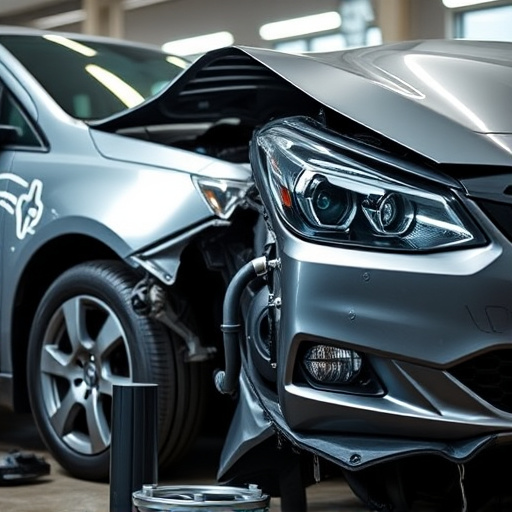
Adhesive bonding offers several advantages for B-pillar replacement in automotive repairs. It provides a strong and durable connection, often exceeding the strength of traditional welding methods. This non-destructive approach allows for faster repair times, reduced material waste, and minimal distortion of the vehicle’s structural integrity. Adhesives can bond to various materials commonly found in cars, making them versatile for different B-pillar replacement scenarios, including metal and composite repairs.
However, challenges exist when adopting adhesive bonding for car dent removal and vehicle collision repair. Factors like surface preparation, climate conditions, and choosing the right adhesive for specific materials can impact the strength of the bond. Moreover, ensuring proper curing and avoiding interference from contaminants are critical for long-term reliability. Despite these hurdles, advancements in structural adhesives and improved application techniques make adhesive bonding a compelling solution for efficient and reliable B-pillar replacement, contributing to enhanced auto body services.
B-pillar replacement, facilitated by structural adhesive bonding, is a game-changer in automotive manufacturing. This advanced technique offers numerous benefits, including improved vehicle safety, reduced weight, and enhanced structural integrity. While challenges exist, such as material compatibility and precise application, ongoing advancements in adhesive technology promise to further refine this process, making it an increasingly vital strategy for the future of vehicle design. By understanding the essential concepts and exploring innovative materials and techniques, automakers can leverage B-pillar replacement to create lighter, stronger, and more efficient vehicles.


